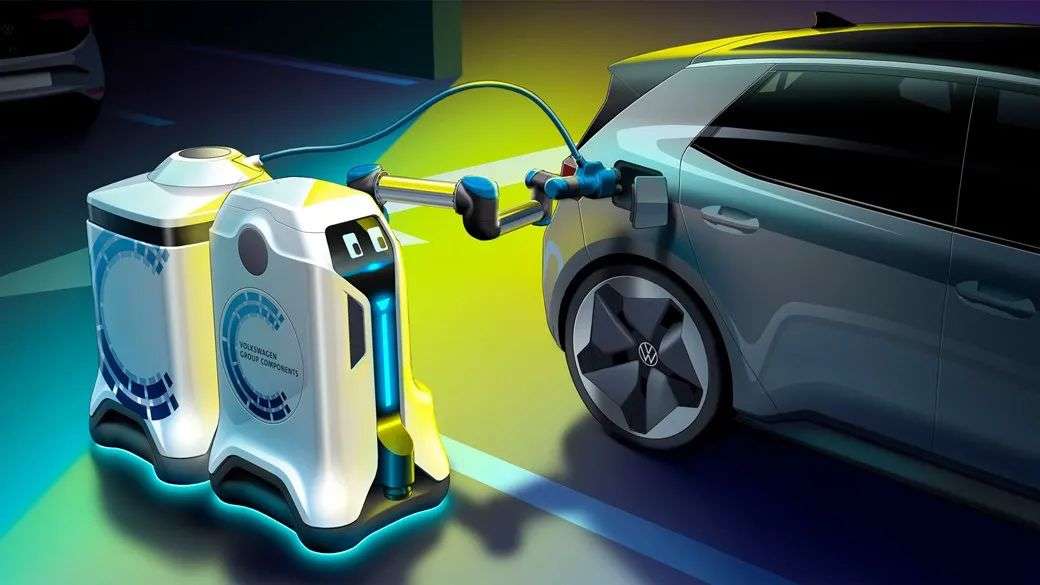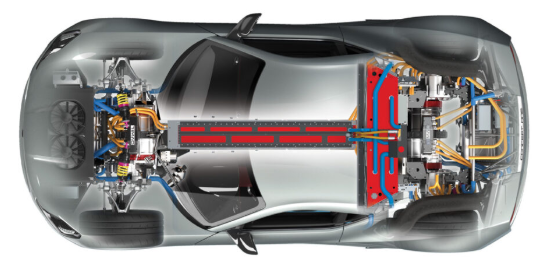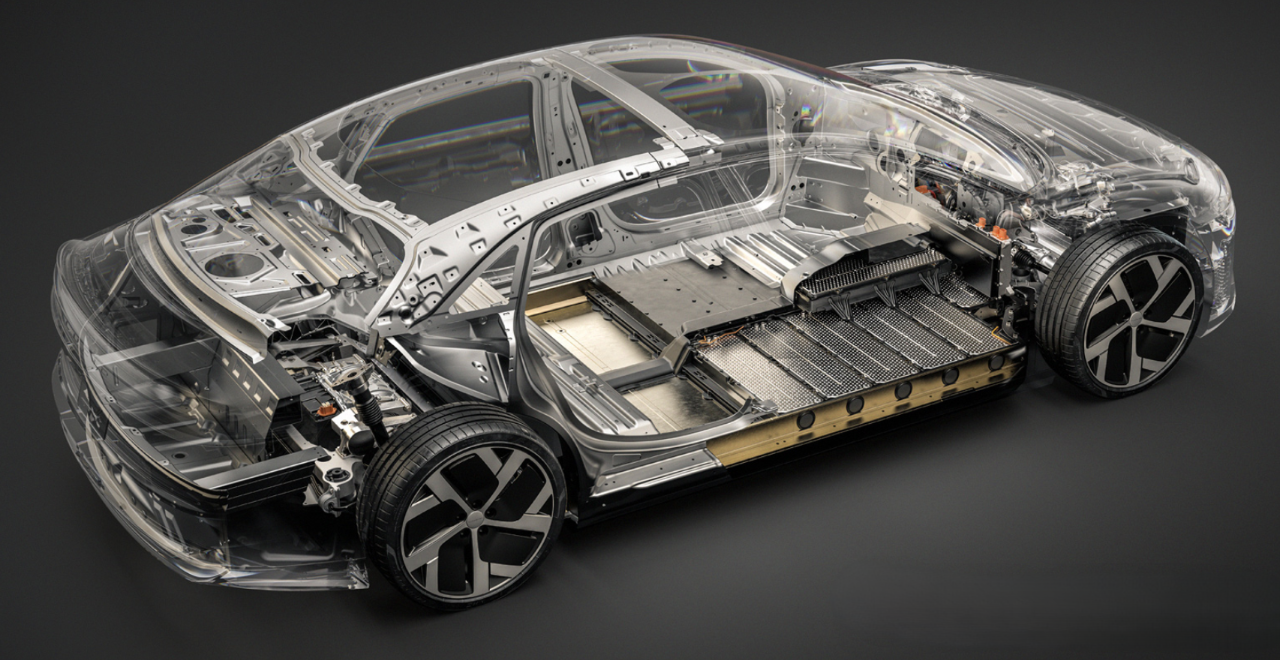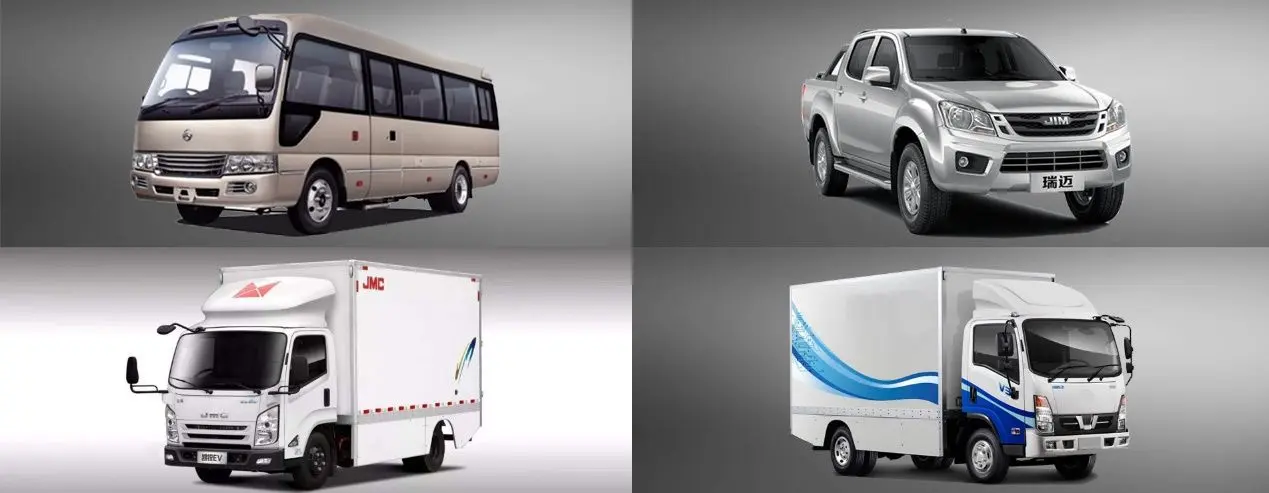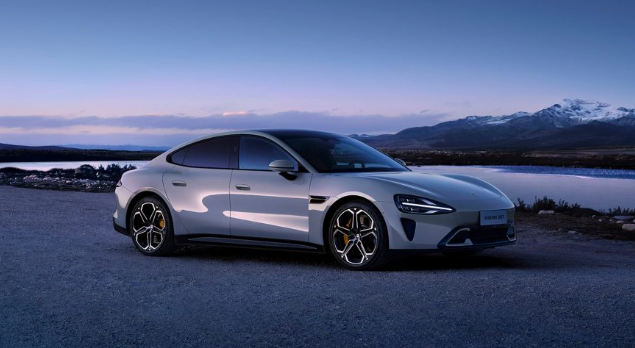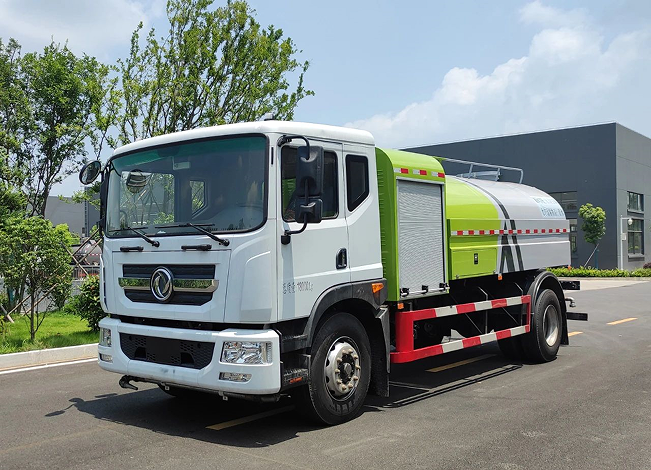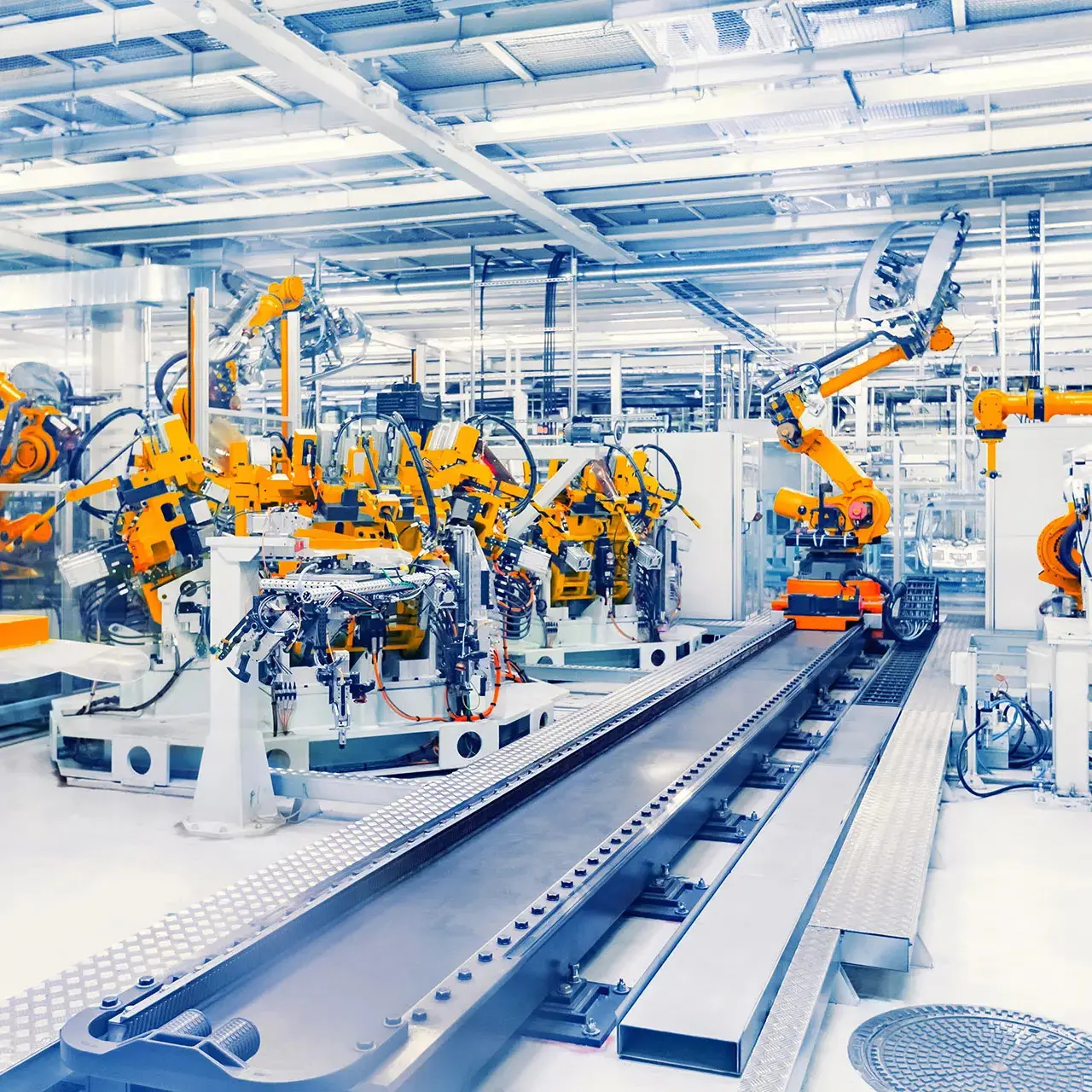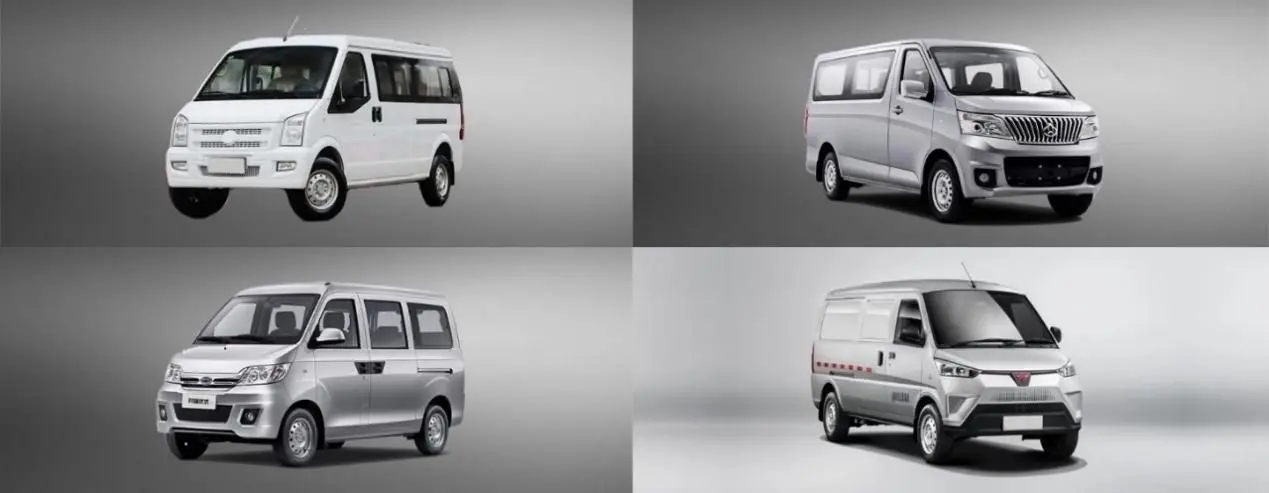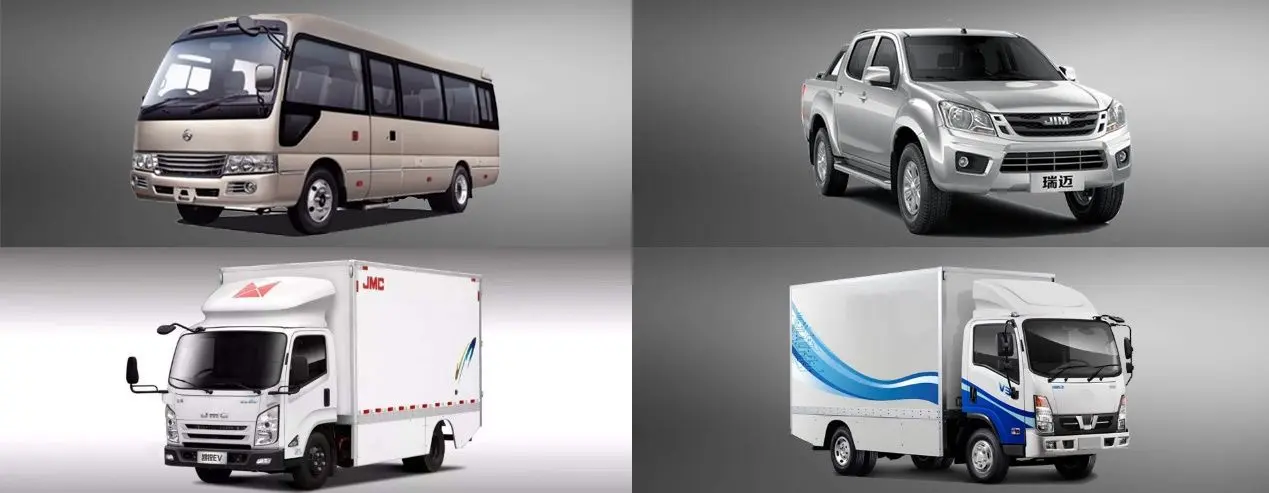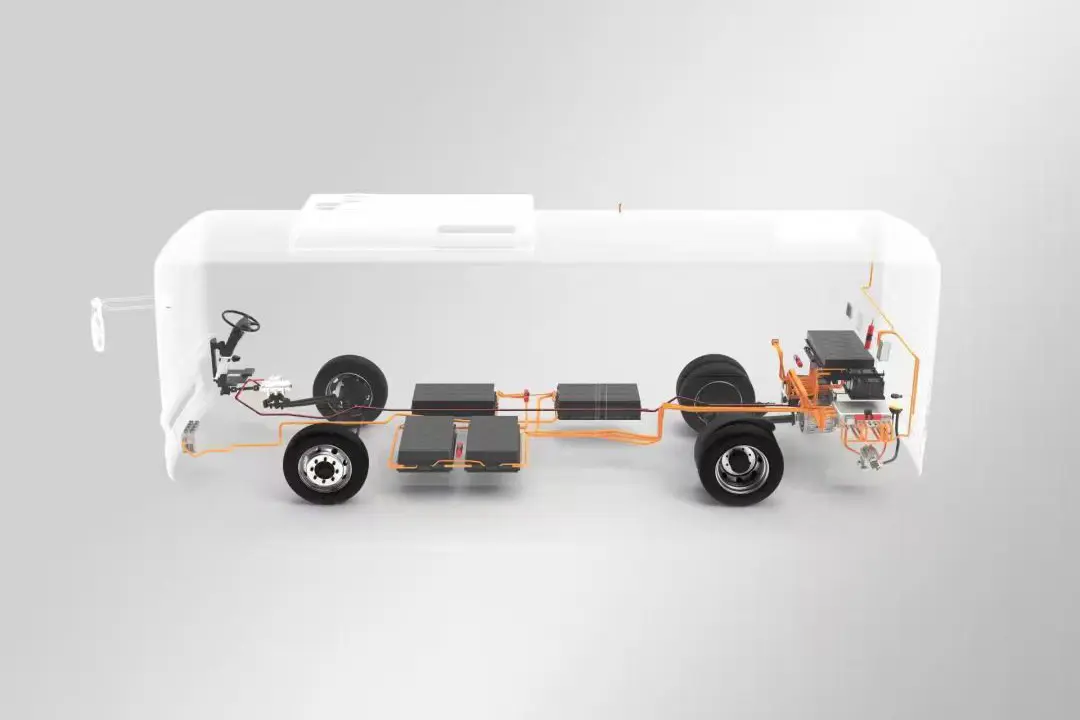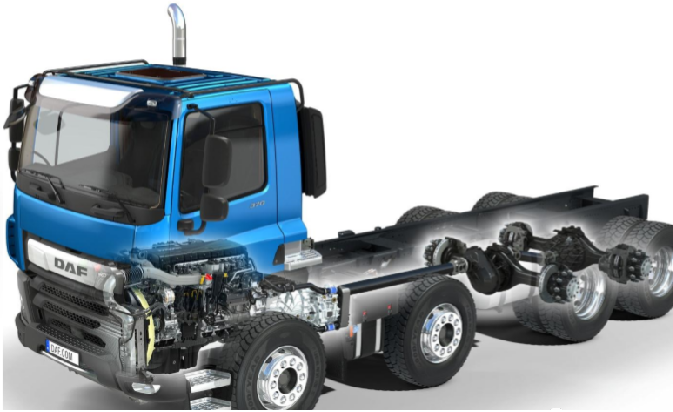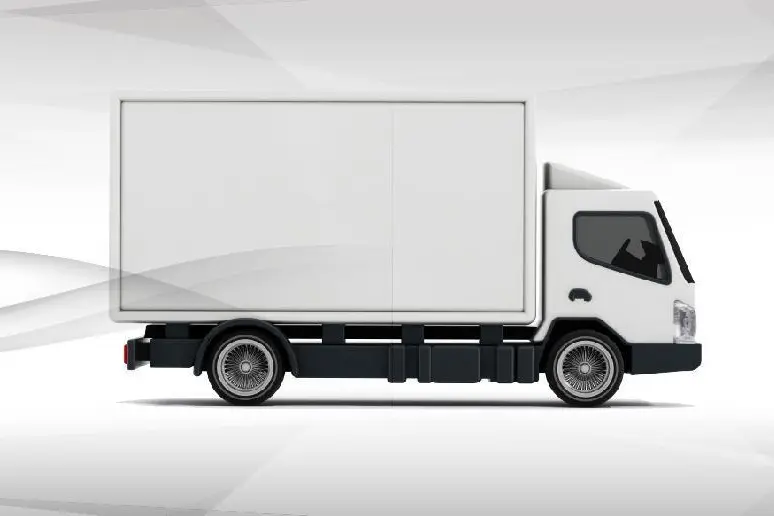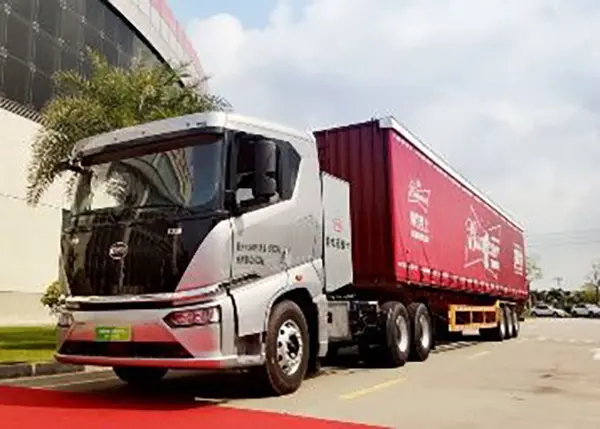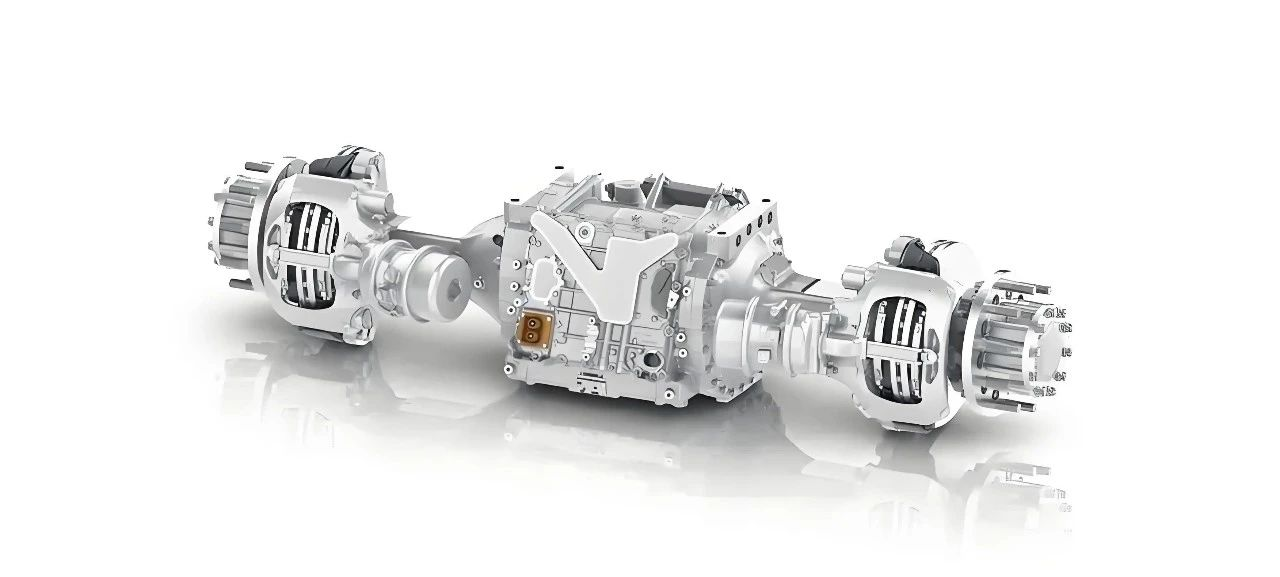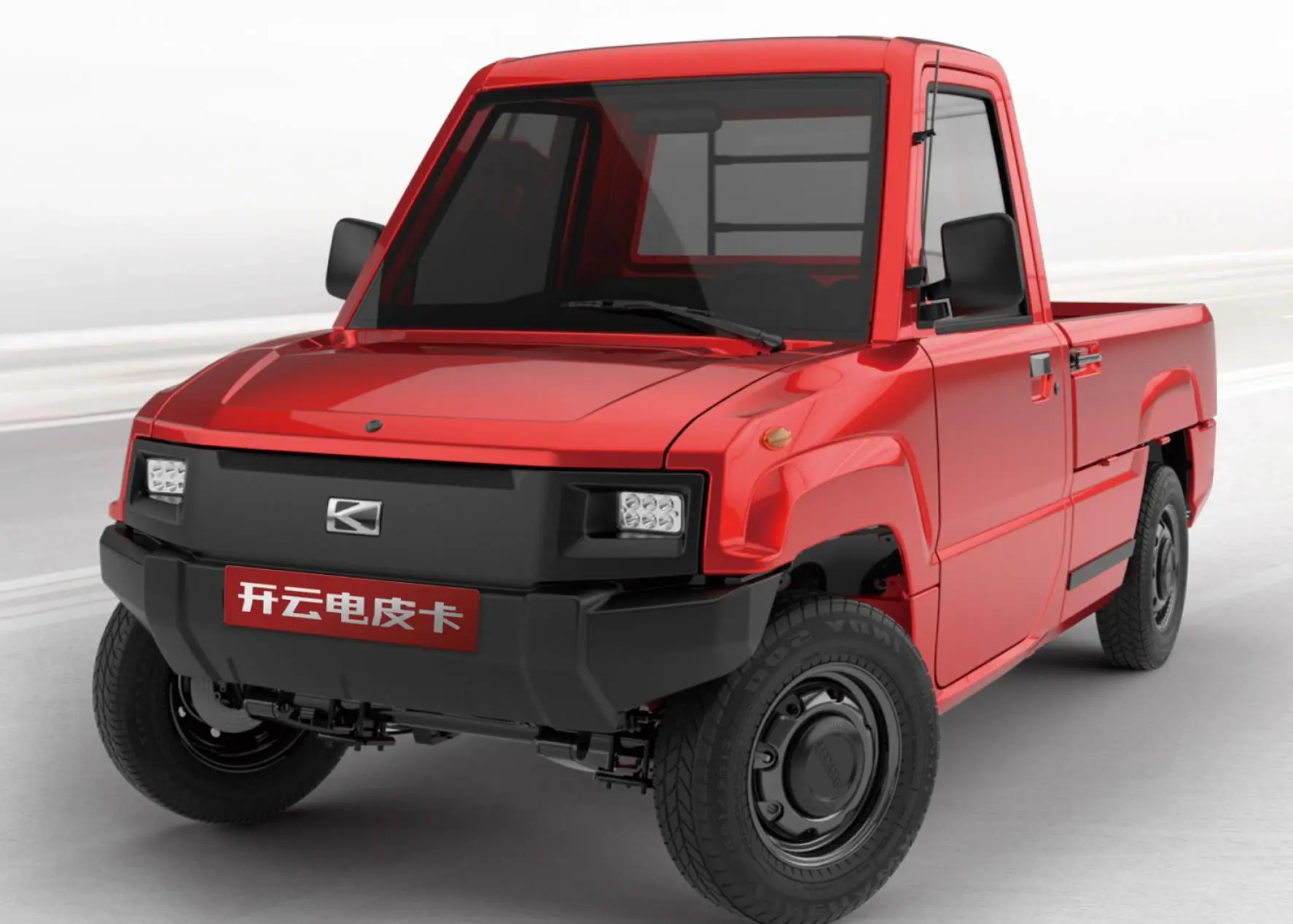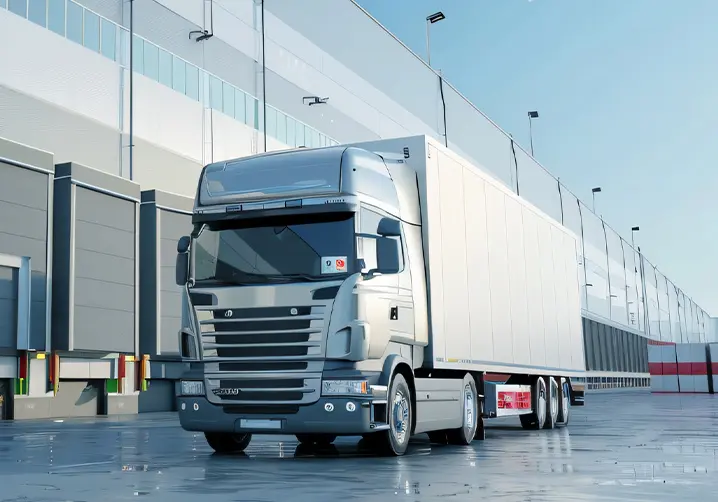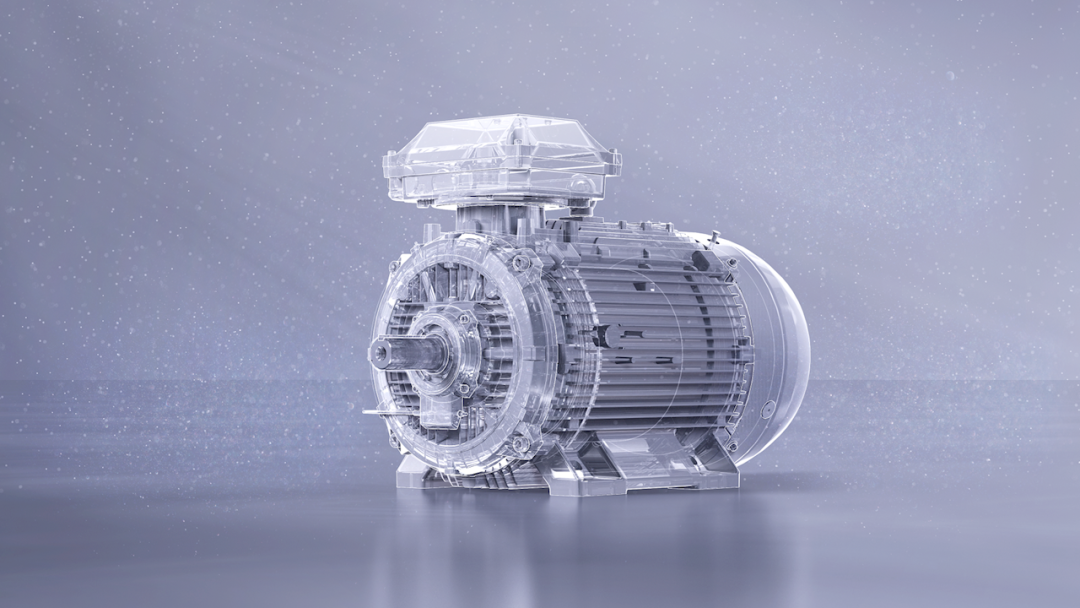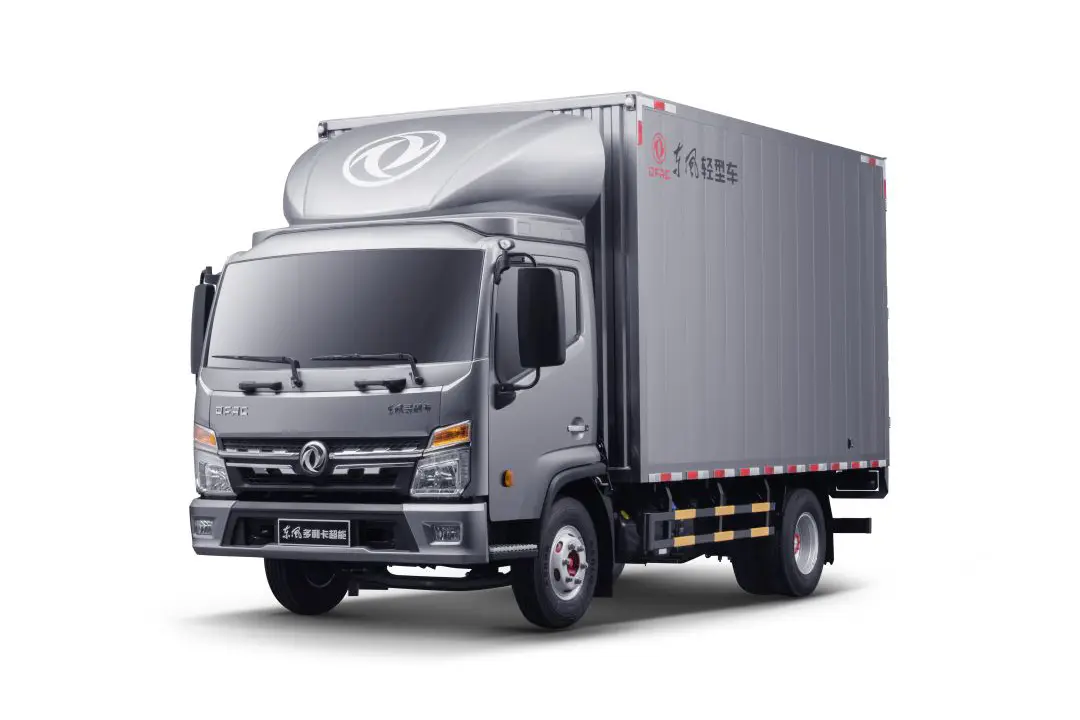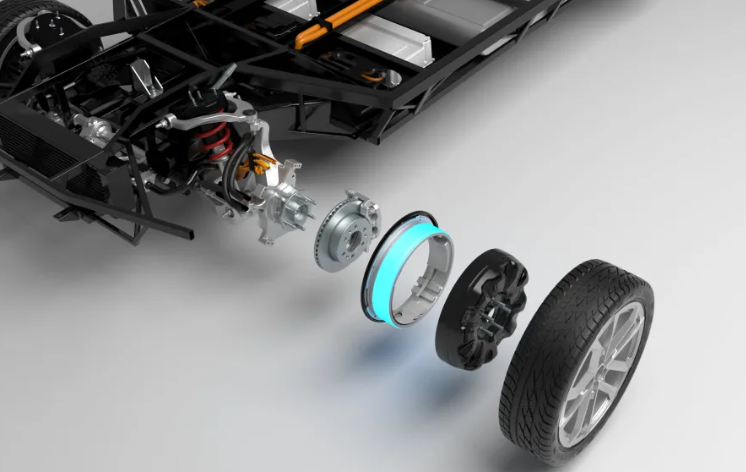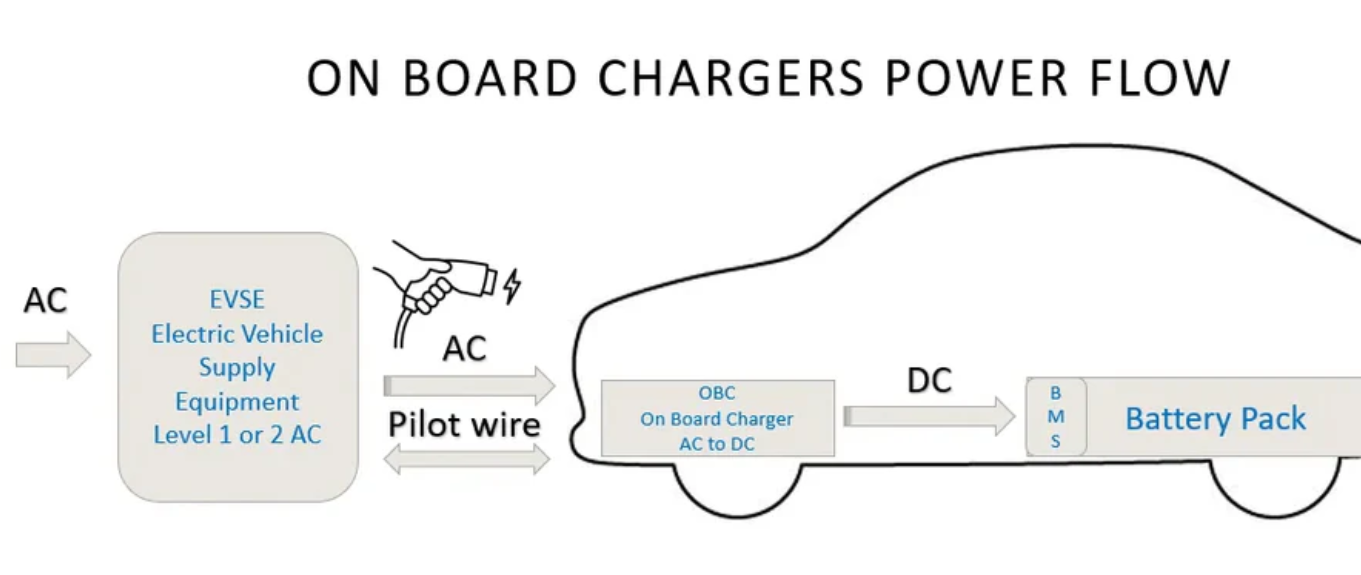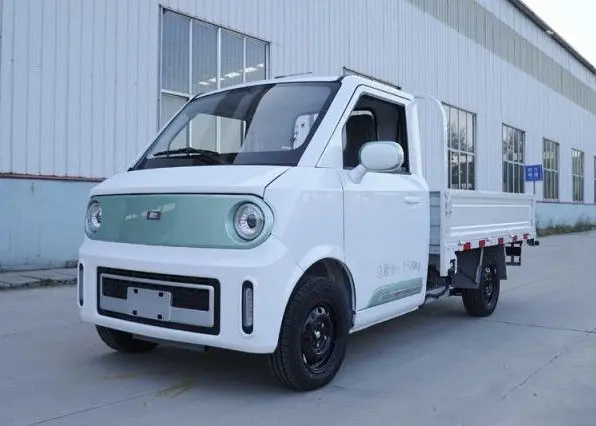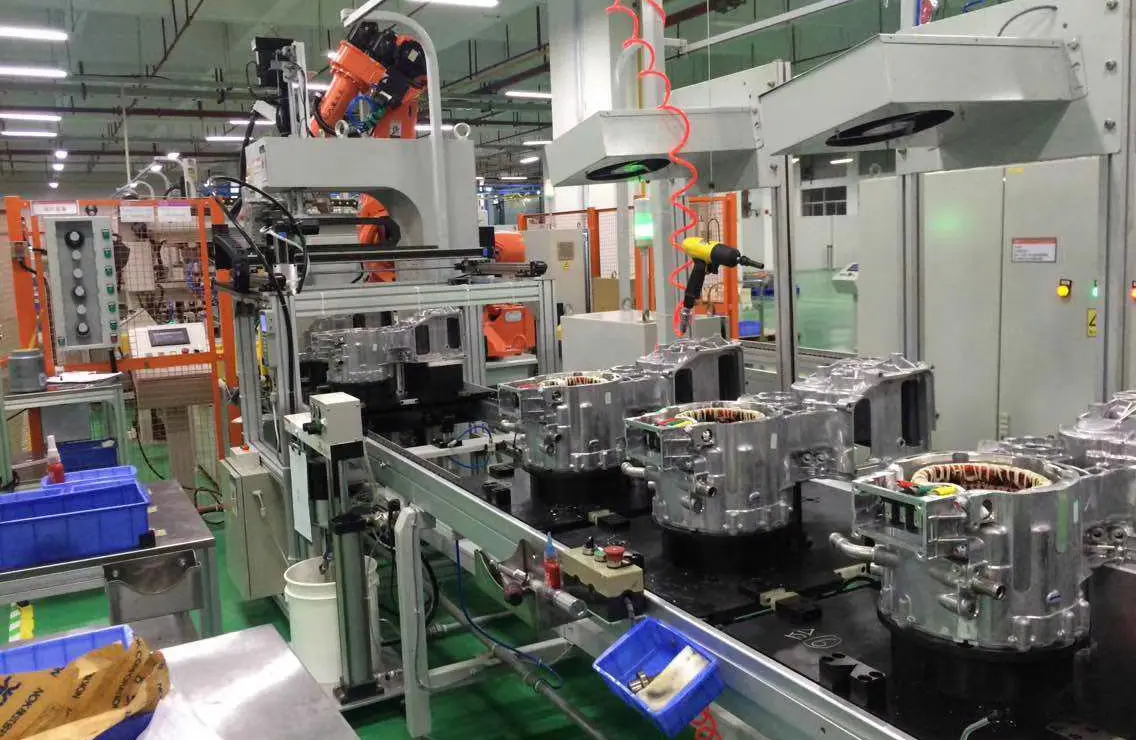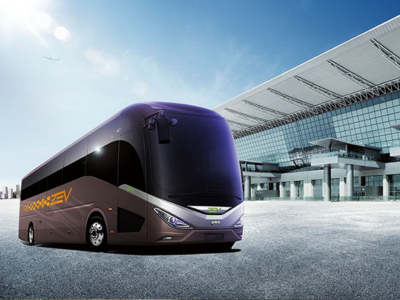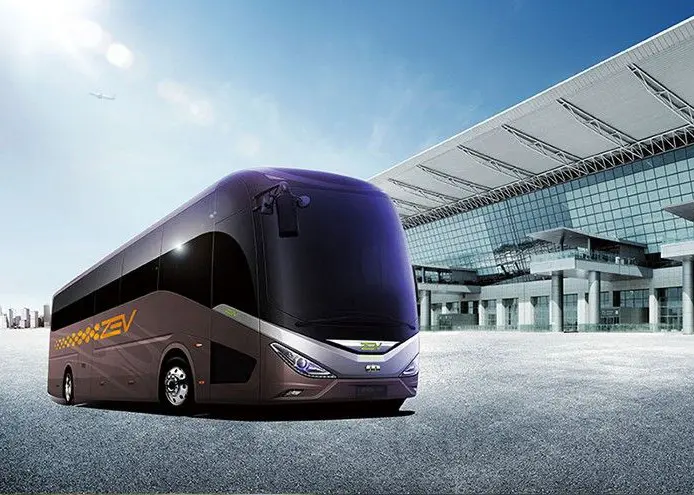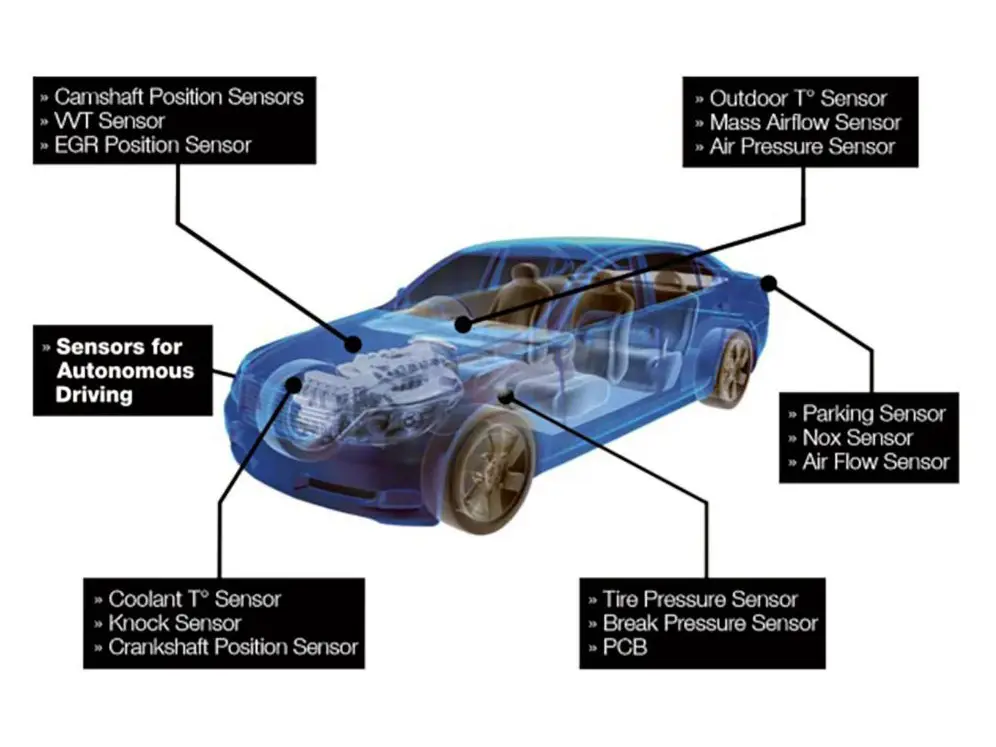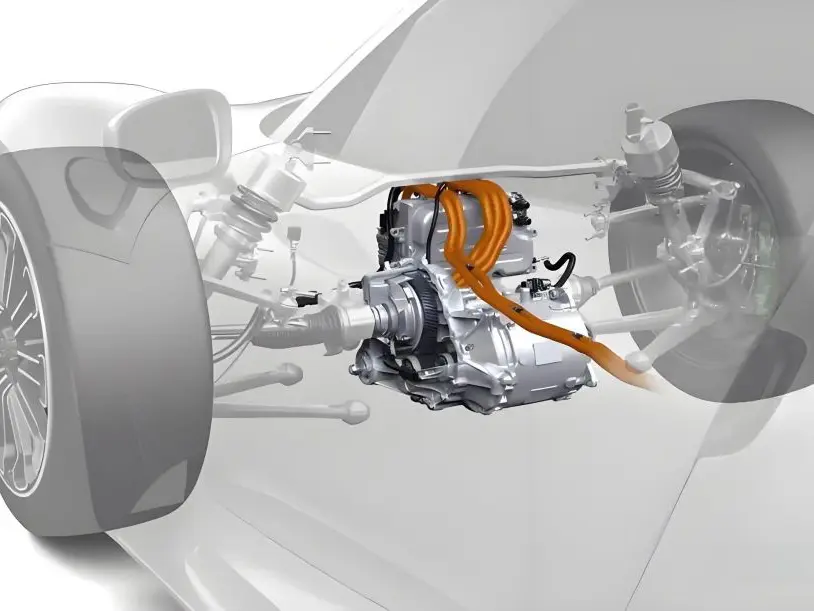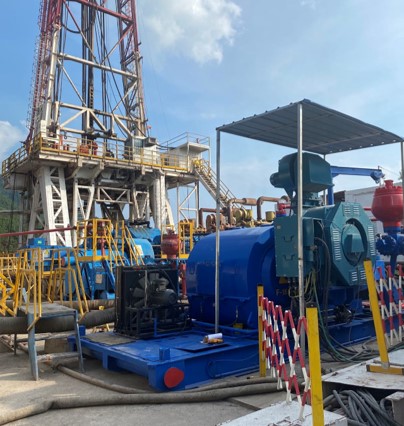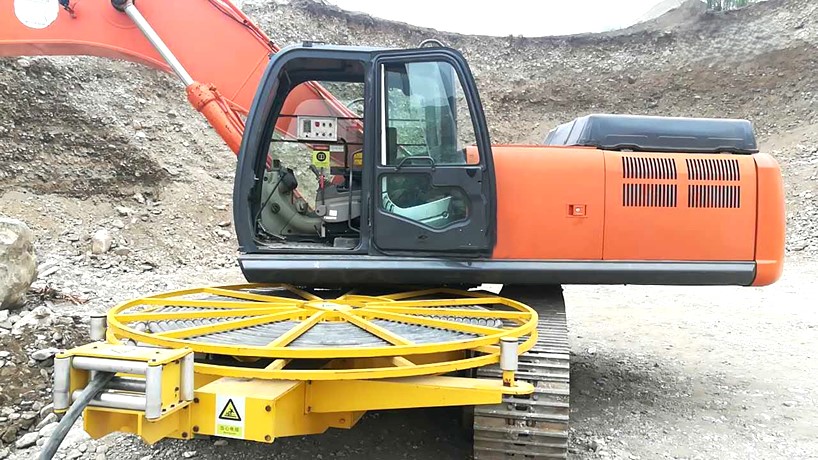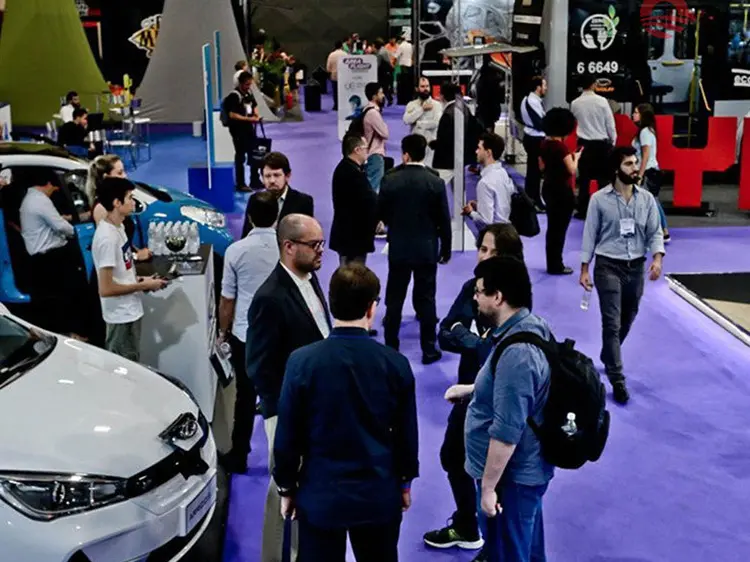What Sets an EV Car Inverter Apart from an ICE Inverter?
The automobile industry has experienced a significant transformation in recent years, with electric vehicles (EVs) emerging as a viable alternative to traditional internal combustion engine (ICE) vehicles. One of the most critical components that distinguish these two types of vehicles is the inverter. The inverter plays a crucial role in both EVs and ICE vehicles, but the design, functionality, and purpose of the inverters differ considerably between the two. In this blog, we will explore what sets an EV car inverter apart from an ICE inverter, discussing their respective roles, technologies, and the differences that make each one suitable for its specific application.
Understanding the Role of an Inverter
In both electric vehicles and vehicles powered by internal combustion engines, the inverter plays a pivotal role in the conversion of electrical energy. However, the way it performs this role and the kind of energy it works with vary significantly between the two.
An inverter, at its core, is an electronic device that converts direct current (DC) to alternating current (AC). This is a vital function because while the battery in an EV car inverter provides DC power, the motor needs AC to operate efficiently. The inverter thus acts as a bridge between the DC power stored in the battery and the AC power required by the motor.
In ICE vehicles, the inverter is used to control specific functions related to the electrical system, particularly in hybrid systems or vehicles that incorporate components like regenerative braking and electric motors for propulsion. In this case, the inverter converts DC from the battery to AC when needed, or it may serve other minor functions like controlling accessories.
Now that we have a basic understanding of the role of an inverter, let's dive deeper into the specifics of the EV car inverter and the ICE inverter.

EV Car Inverter: Design and Functionality
The EV car inverter is central to the operation of electric vehicles. It plays a multifaceted role in the overall architecture of an EV, handling power conversion, regulating the flow of electricity, and ensuring that the motor operates with the necessary power. The inverter in an electric vehicle is responsible for driving the EV motor inverter, which in turn powers the wheels of the car.
Key Functions of an EV Car Inverter:
- DC to AC Conversion: The primary function of the EV car inverter is to convert the DC electricity from the battery into AC, which is required by the electric motor.
- Speed Control: By controlling the frequency of the AC supplied to the motor, the inverter regulates the speed and torque of the motor, which directly influences the vehicle's acceleration and top speed.
- Regenerative Braking: When the driver applies the brakes, the electric motor switches roles and works as a generator, converting kinetic energy back into electrical energy. The EV car inverter then converts this energy from AC back to DC and feeds it into the battery for storage.
- Power Management: The inverter helps in managing the flow of power within the EV, optimizing energy use to improve efficiency, range, and performance.
In modern EVs, the EV motor inverter is designed for high efficiency, compactness, and the ability to handle the high currents required by large electric motors. These inverters are engineered to ensure smooth, reliable operation even under the intense demands of acceleration and regenerative braking.
ICE (Internal Combustion Engine) Inverter: Purpose and Operation
The inverter in an Internal Combustion Engine (ICE) vehicle is typically much less complex than its EV counterpart. It is primarily used in hybrid or plug-in hybrid vehicles that incorporate an electric motor alongside the traditional internal combustion engine. In these vehicles, the ICE inverter handles the conversion of electrical energy to power the electric motor or store energy from regenerative braking.
In traditional ICE vehicles, the inverter does not drive the propulsion system as it does in an electric vehicle. Instead, it is used to manage auxiliary systems that require electricity, such as air conditioning, lighting, and infotainment systems. Additionally, in hybrid vehicles, the ICE inverter is used to convert the DC power from the hybrid battery into AC, which can power the electric motor when required.
However, unlike the EV car inverter, the ICE inverter does not play a central role in powering the primary driving motor in the vehicle. Instead, it supports a smaller, less powerful electric motor or facilitates the integration of both engine types in a hybrid system.
Key Differences Between EV and ICE Inverters
While both the EV car inverter and the ICE inverter perform the essential task of converting DC to AC, there are several key differences that set them apart. These differences are rooted in the distinct roles they play within their respective vehicle systems and the technological demands of those roles.
1. Purpose and Primary Functionality:
EV Car Inverter: The EV car inverter is the heart of the electric vehicle's powertrain. It converts DC to AC for the electric motor, handles regenerative braking, and manages power flow to optimize performance, efficiency, and range.
ICE Inverter: The ICE inverter is typically used to support a smaller, auxiliary electric motor in hybrid or plug-in hybrid vehicles. It is not central to propulsion and handles power conversion for minor components or hybrid functionality.
2. Power Requirements:
EV Car Inverter: EVs require inverters that can handle high voltage and current to power large electric motors that are used for driving the vehicle. The EV motor inverter is designed to handle these high-demand, continuous-power conditions, requiring complex engineering to ensure reliability and efficiency.
ICE Inverter: ICE inverters, by contrast, are designed for lower power demands. They typically operate in vehicles that combine an electric motor with an internal combustion engine, so the inverter does not need to handle the extreme power loads required for continuous driving.
3. Efficiency:
EV Car Inverter: Efficiency is paramount in an EV car inverter because it directly impacts the range and performance of the electric vehicle. Inverters in EVs are optimized to minimize losses in power conversion, making them highly efficient to maximize battery life and vehicle range.
ICE Inverter: The ICE inverter does not need to be as efficient as an EV car inverter, as it is used for auxiliary purposes. While efficiency is still important, it does not have the same impact on overall vehicle performance.
4. Complexity:
EV Car Inverter: Due to the complexity of managing power for the entire electric drivetrain, EV car inverters are sophisticated devices, often incorporating advanced cooling systems and robust safety mechanisms to prevent overheating and ensure longevity.
ICE Inverter: The ICE inverter tends to be simpler, as it supports smaller, less demanding electric motor systems and other non-propulsion components.

Advancements in EV Inverter Technology
With the growth of the electric vehicle market, advancements in EV car inverters have been significant. The need for more efficient, compact, and powerful inverters has driven a surge in innovation.
Key Innovations in EV Inverter Technology:
- Silicon Carbide (SiC) Semiconductors: One of the most notable advancements in EV car inverter technology is the use of silicon carbide (SiC) semiconductors. SiC allows inverters to operate at higher temperatures, higher voltages, and greater frequencies than traditional silicon-based inverters. This results in greater efficiency and smaller, lighter designs.
- Integrated Power Modules: Manufacturers are now integrating more components into a single power module, reducing the size and weight of inverters while improving performance.
- Wireless Control and Monitoring: Modern EV motor inverters are incorporating wireless control and monitoring systems, enabling real-time adjustments and data analysis to enhance performance and ensure long-term reliability.
These advancements are not only improving the performance of EV car inverters but are also making electric vehicles more affordable and accessible for consumers.
Modern AC inverter drives play a crucial role in optimizing the performance of EV car inverters, ensuring efficient power conversion and precise motor control for enhanced vehicle efficiency.
Conclusion
The EV car inverter and ICE inverter serve distinct purposes within their respective vehicles, with one being central to the propulsion system of an electric vehicle, and the other supporting a hybrid system or auxiliary functions in traditional combustion vehicles.
While both inverters perform the essential function of converting DC to AC, the key differences in power requirements, complexity, and efficiency highlight the technological distinctions between these two components. As the demand for electric vehicles continues to grow, the role of the EV motor inverter becomes more critical, with continuous advancements in inverter technology driving the future of sustainable and efficient transportation.
Understanding the differences between EV car inverters and ICE inverters can help consumers and engineers alike make more informed decisions when considering the future of automotive design and technology.
Read More: Are You Eligible for the Electric Vehicle Tax Credit? Key Facts You Need to Know in 2025










